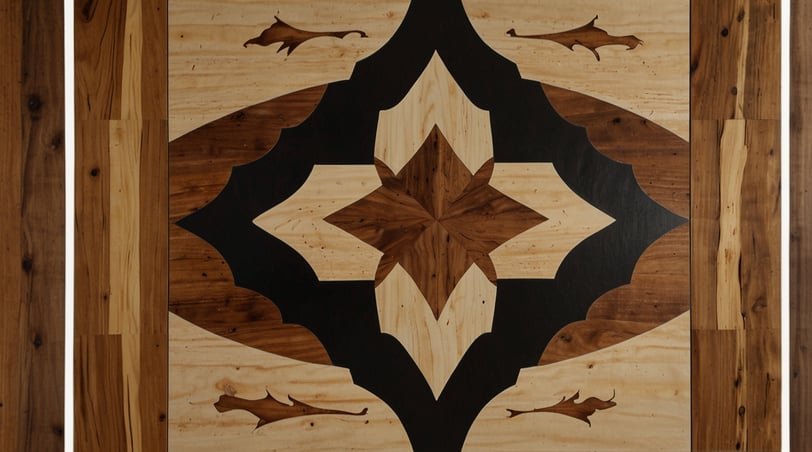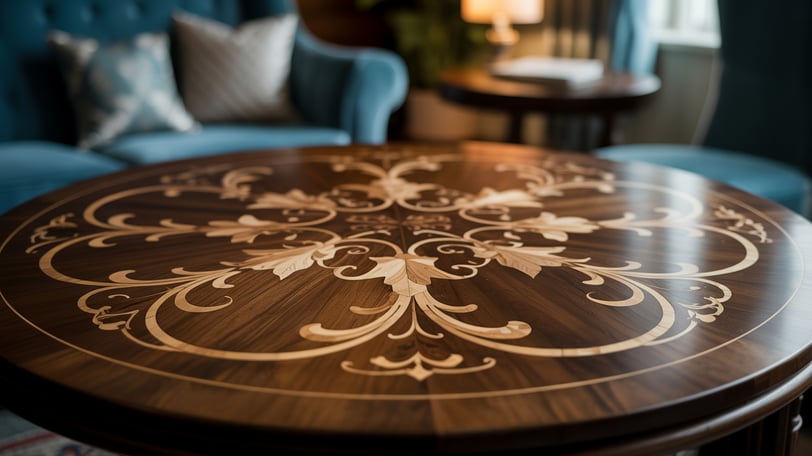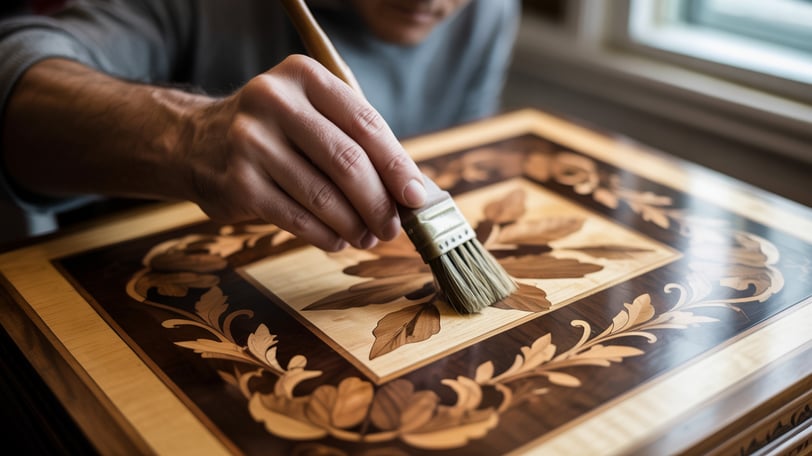The Art of Decorative Wood Inlays: Enhancing Beauty and Craftsmanship
Discover the elegance and craftsmanship of decorative wood inlays in our insightful guide to enhancing furniture and decor with timeless beauty, artistic detail, and handcrafted sophistication for any living space.


Woodworking enthusiasts and interior design aficionados alike often find themselves drawn to the intricate beauty of Decorative Wood Inlays. These exquisite creations not only enhance the visual appeal of furniture and decor but also showcase the craftsmanship and creativity of skilled artisans.
Understanding Decorative Wood Inlays
Decorative Wood Inlays involve the artful incorporation of contrasting materials into wood surfaces. This technique dates back centuries, with early examples found in ancient Egyptian and Chinese furniture. Today, modern artisans continue to refine and innovate this art form, blending traditional techniques with contemporary designs.
Types of Inlays
Marquetry: This technique involves the use of thin slices of wood, often veneers, to create intricate patterns or pictures. Artisans carefully select different wood species for their color and grain patterns, achieving stunning visual effects.
Intarsia: Unlike marquetry, intarsia uses solid pieces of wood of different colors and grains to create designs. These pieces fit together like a puzzle, forming seamless and detailed images or patterns.
Mother-of-Pearl Inlay: Adding a touch of luxury, mother-of-pearl inlays incorporate shells into wood, creating shimmering accents that catch the light beautifully.


Applications and Benefits
Decorative Wood Inlays are versatile and can be applied to various items:
Furniture: Tables, chairs, cabinets, and bed frames can all be adorned with inlays, adding a touch of elegance to any room.
Musical Instruments: Instruments such as guitars and pianos often feature intricate inlays, enhancing their aesthetic appeal while showcasing the instrument's craftsmanship.
Decorative Panels: Inlays can also be used in decorative panels and wall art, transforming ordinary walls into stunning focal points.
Choosing the Right Inlay
When selecting a decorative wood inlay, consider the following:
Design Compatibility: Ensure the inlay complements the overall design and style of the piece it will adorn.
Durability: Opt for high-quality materials and craftsmanship to ensure longevity and resistance to wear.
Personalization: Customized inlays can be created to reflect personal tastes and preferences, making each piece unique and meaningful.


Care and Maintenance
Proper care enhances the longevity and beauty of decorative wood inlays:
Regular Dusting: Use a soft, dry cloth to gently remove dust and debris.
Avoid Harsh Cleaners: Clean with mild soap and water as needed, avoiding abrasive cleaners that can damage the inlay.
Avoid Direct Sunlight: Prolonged exposure to sunlight can cause wood to fade and inlays to lose their luster. Place furniture with inlays away from direct sunlight or use curtains and blinds to protect them.
In conclusion, Decorative Wood Inlays are not just functional additions but works of art that elevate any space they adorn. Whether adorning furniture, musical instruments, or decorative panels, these inlays showcase the timeless beauty of wood craftsmanship. By understanding the types, applications, and care considerations, you can choose and maintain decorative wood inlays that enhance your living or working environment for years to come.
